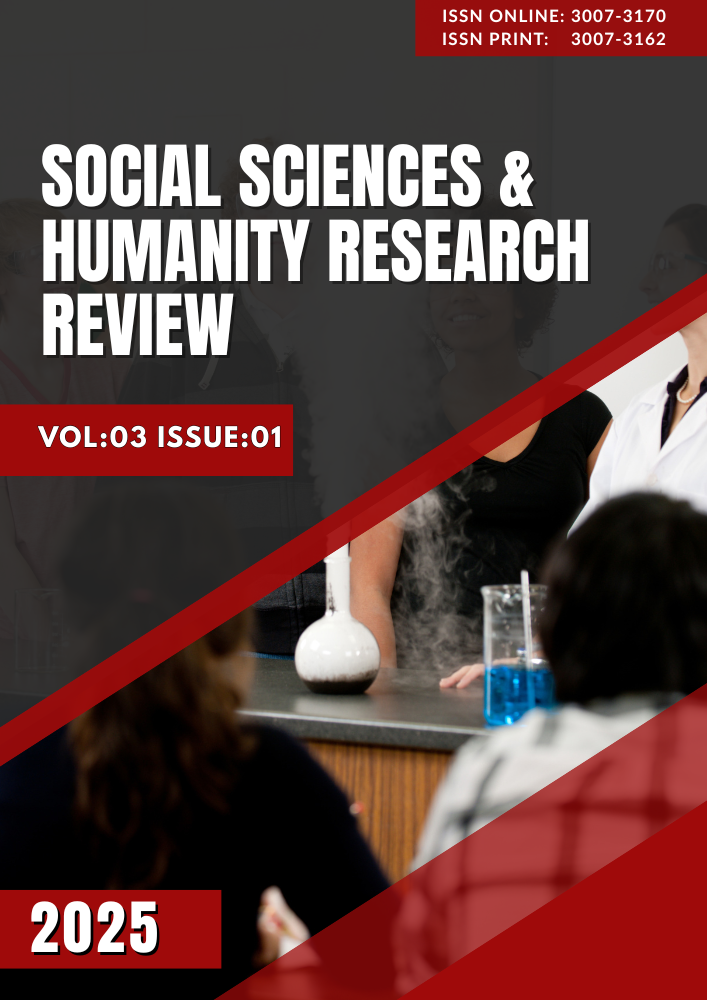The Search for Self: Displacement and Identity in Aamer Hussein’s Another Gulmohar Tree
DOI:
https://doi.org/10.63056/sshrr.v3i1.80Abstract
Displacement expresses the human aspiration for dignity, safety, and a better future. It is part of the social fabric and our very make-up as a human family. History, in its broadest aspect, is a record of man's relocation from one environment to another. This displacement can be attributed to various factors, including education, employment, familial obligations, political exile, and economic pressures. The displacement process involves various identity-related issues for displaced individuals, including language, culture, values, and norms. This study examines identity-related issues faced by characters who relocate in Aamer Hussein’s work, ‘Another Gulmohar Tree.’ Data were collected using a purposive sampling method. To achieve the targeted outcomes, insights have been drawn from Stuart Hall's theories on identity, ethnicity, and diaspora and Homi K. Bhabha's concept of hybridity. Hall asserts that identity is dynamic, continually evolving, and fundamentally a process of becoming, not being. Bhabha opines that living in-between is not only a matter of cultural exchange but also involves the creation of new cultural forms. The research findings indicate that individuals may consciously or unconsciously forfeit their true identity in response to the cultural environment of their new location. The research shows that individuals, despite sacrificing their identities, experience feelings of alienation, nostalgia, and a sense of being homeless or homesick. Furthermore, their acceptance in society is limited.







